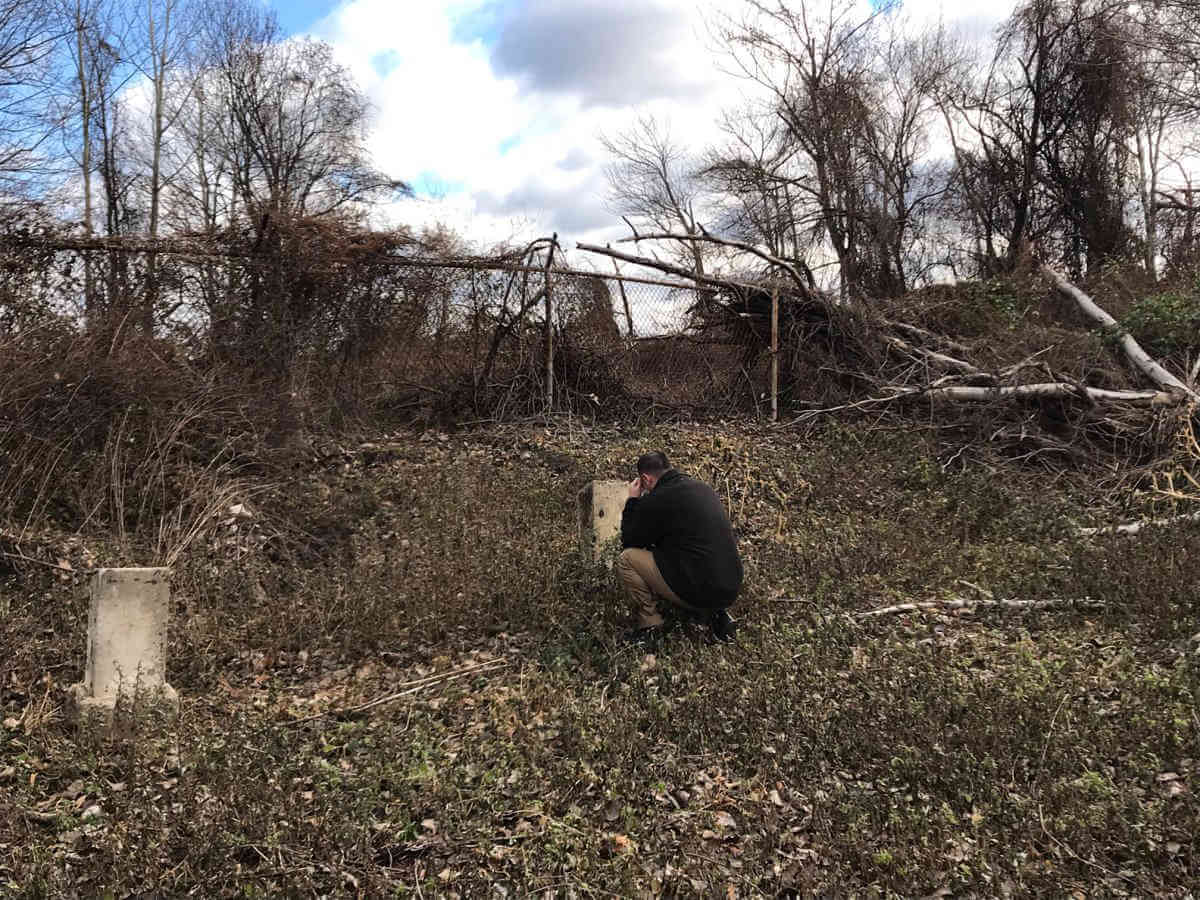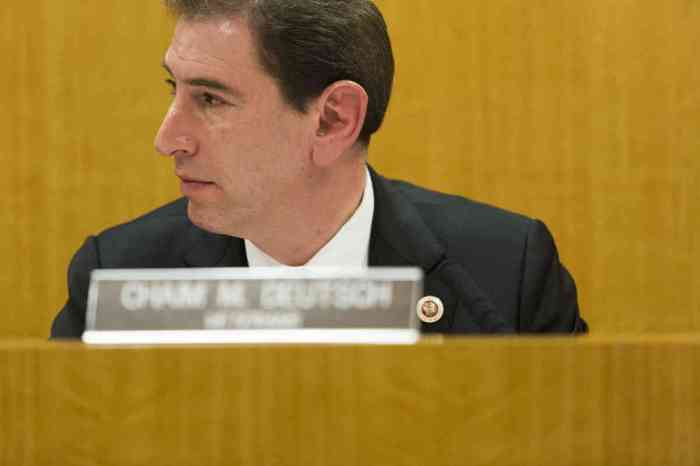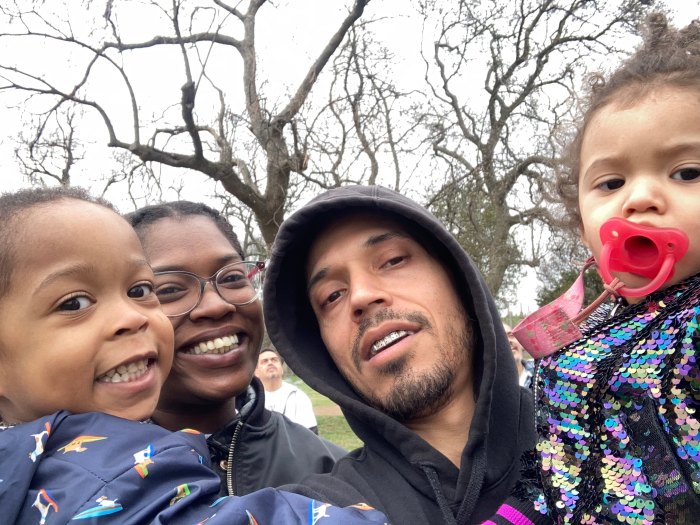The City Council on November 14 overwhelmingly approved a series of bills intended to make it easier for loved ones to visit burial sites on Hart Island, a public cemetery where New York has buried unknown, unclaimed, or indigent people — including many lost to AIDS — since the 19th century.
The island, located just east of the City Island section of the Bronx, first became a burial site for people who died of AIDS in 1985 when 17 people who had succumbed to the epidemic were taken there. Department of Correction officials who controlled the island were so caught up in the AIDS hysteria of the time they were too afraid to bury those bodies near ones already interred there. They instead buried those those who died of AIDS on the southern end of the island, according to The New York Times.
Soon enough, the rising death toll meant countless people who died from AIDS ended up getting buried there — most of them unclaimed by any family members. The total number of bodies buried there over the past century and a half, according to the New York Times, remains a mystery. Out gay Council Speaker Corey Johnson, who is an out gay man living with HIV, said estimates indicate that a million bodies have been buried at the cemetery, which continues to take new bodies to this day.
Those who have traveled to the island to see their buried loved ones have faced considerable hurdles over the years. Visitors are escorted by Correction officers and are required to leave their phones behind, preventing them from being able to take photos.
Among the bills passed on November 14, one piece of legislation transferred control of the island from the Department of Correction to the Department of Parks and Recreation in an effort to eradicate those hurdles, including physical barriers long in place.
Bronx Councilmember Mark Gjonaj, who represents Hart Island, opposed that bill along with Brooklyn Councilmember Chaim Deutsch, who has an anti-LGBTQ record. Councilmember Barry Grodenchik of Queens abstained.
An accompanying bill requires the Department of Transportation to make the sites more accessible by developing a plan to bring ferry service to the island. The DOT is required to submit a plan within one year. That also passed, with Deutsch and Gjonaj also voting “no” on that bill. Brooklyn Councilmember Kalman Yeger abstained.
Another bill, which passed unanimously, requires the Department of Social Services to provide public information and other resources folks need about their loved ones buried on the island.
Once the DOC hands over control of the island, the Department of Parks and Recreation is expected to begin restoring the area and lifting the existing visitor restrictions, though it is not clear how long that will take.
“The island was hard to access, and not exactly a good place to privately pay respects to loved ones,” Johnson said in a tweet after the bills passed. “The plots are full of immigrants, poor people, and people who died of AIDS, who are in a separate area out of the fear surrounding the epidemic at the time they were buried. There are no individual tombstones. No names indicating the dead… Today, the @NYCCouncil voted to give them a respectful, more dignified resting place, and I’m so proud we did.”
































